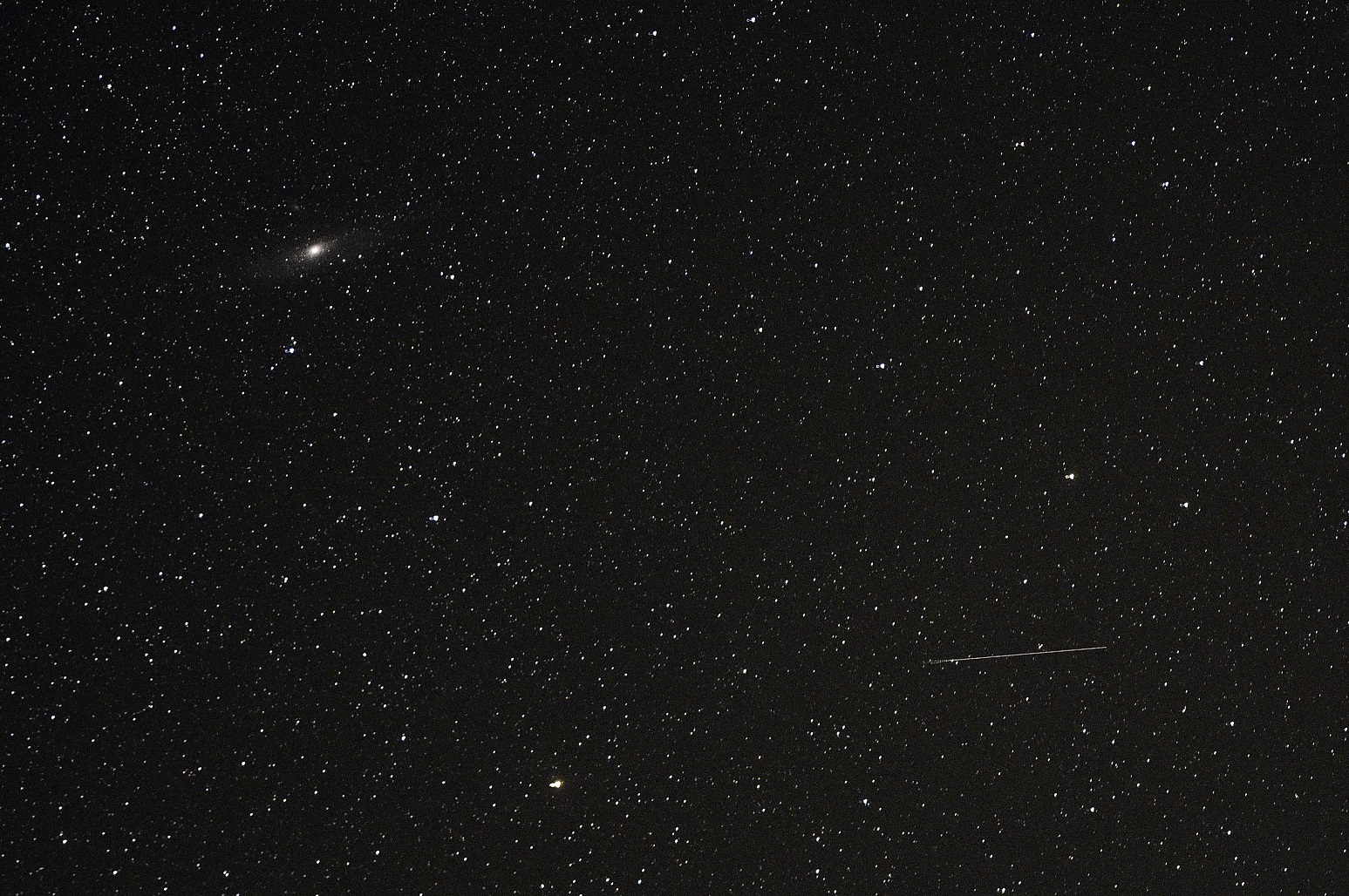ID :
427313
Wed, 12/07/2016 - 10:24
Auther :
Shortlink :
https://www.oananews.org//node/427313
The shortlink copeid
Khakassia meteorite was far smaller than its Chelyabinsk "big brother" - scientist

YEKATERINBURG, December 6. /TASS/. The unusual bright glow in the sky over Khakassia, observed by many Tuesday evening, may have been caused by the explosion of a large meteorite - far smaller, though, than the one that crashed into Lake Chebarkul, near Chelyabinsk, in February 2013, a member of the meteorites committee under the Russian Academy of Sciences, Viktor Grokhovsky, has told TASS.
"It is true that something like a large meteorite was seen to have exploded in the sky over Khakassia. The Chelyabinsk meteorite was several times larger. The fragments of the one seen today can still be found. It is essential to draw an accurate trajectory to see where the debris may have hit the surface. This will take about 24 hours," said Professor Grokhovsky, of the Urals Federal University.
The meteorite’s fall in Khakassia caused a loud roar, the scientist added.
"Now, to establish the yield of the explosion data scans from special equipment will have to be studied. Reportedly the meteorite crashed near the Sayano-Shushenskaya Hydro. The taiga forest there is so dense that finding fragments would be a daunting task," Grokhovsky warned.
It is crucial to calculate the trajectory of the celestial body’s fall correctly.
"There were three flashes. The meteorite fell apart into fragments. Its debris may have fallen in several areas. No data are available at this point. The roar was heard near Abakan. Data will now have to be collected," he explained.
"Space wanderers" in focus
Three years after the fall of the Chelyabinsk meteorite such space objects are still in focus.
"There’ve been certain shifts in creating a meteorite tracking system. But this is a global problem and it is hard to expect anything to be done over such a brief time span - just two or three years. There’ve been a large amount of scientific data concerning similar space bodies and a great deal of modelling experiments."
Meteorite-like phenomenon in Khakassia sky
Earlier on Tuesday the official website of the city of Sayanogorsk said that according to estimates of the local Civil Defense and Emergencies Ministry office celestial body (presumably, a meteorite) fell to the ground in the Beisk district. The Sayano-Shushenskaya Hydro, the Maina Hydro, Rusal aluminum smelters and the city’s life support infrastructures operate normally, the report said.
In the meantime, local people in Khakassia and the south of the Krasnoyarsk Territory have been writing posts in social networks citing "some glow in the sky."
"It was an incredibly beautiful and formidable sight," a woman contributor said in the Vkontakte network.
The Chelyabinsk meteorite entered the Earth’s atmosphere on February 15, 2013 at about 07:10 Moscow time to have caused a powerful air burst at an altitude of 30-50 kilometers. Many of its fragments rained down on a large territory of the Chelyabinsk Region. Hundreds of thousands of witnesses in the Urals and northern Kazakhstan saw the explosion. The largest fragments of the celestial body reached the earth’s surface in the area of Lake Chebarkul, 78 kilometers west of Chelyabinsk. The blast wave smashed windows in many homes inside the city and around it.
In October 2013, divers recovered from Lake Chebarkul a large 650 kg fragment of the meteorite. Some scientists suspect that larger fragments ranging a tonne to several tonnes in mass may still remain in the lake.





